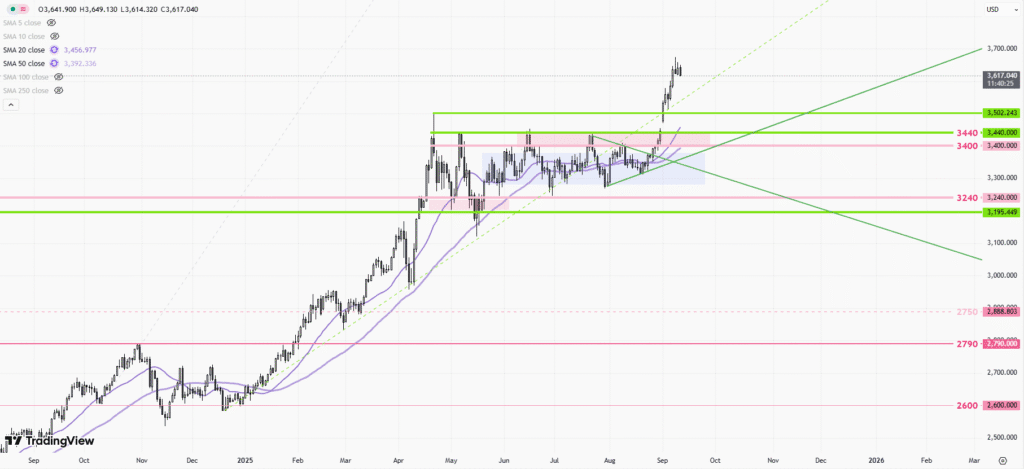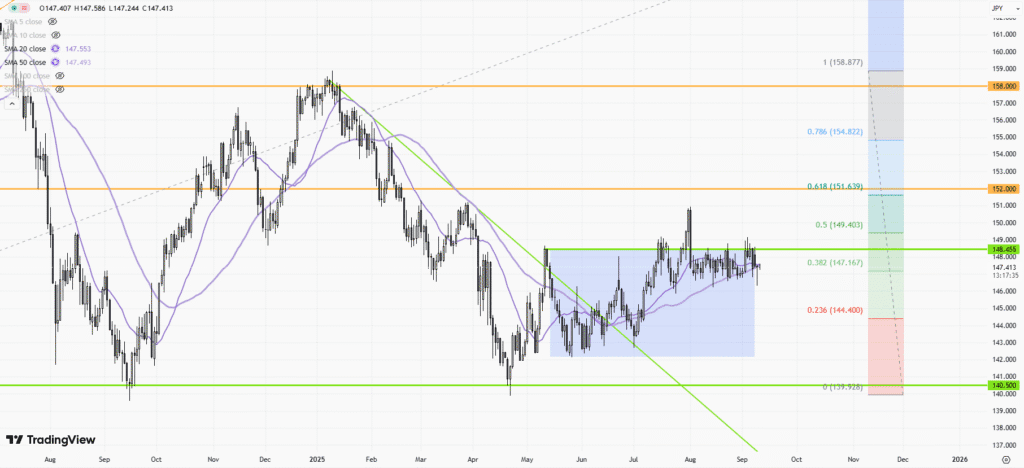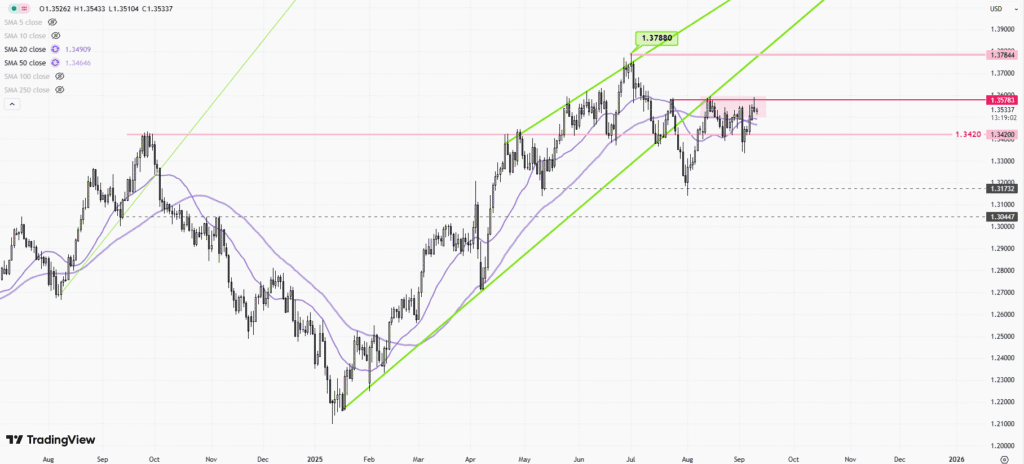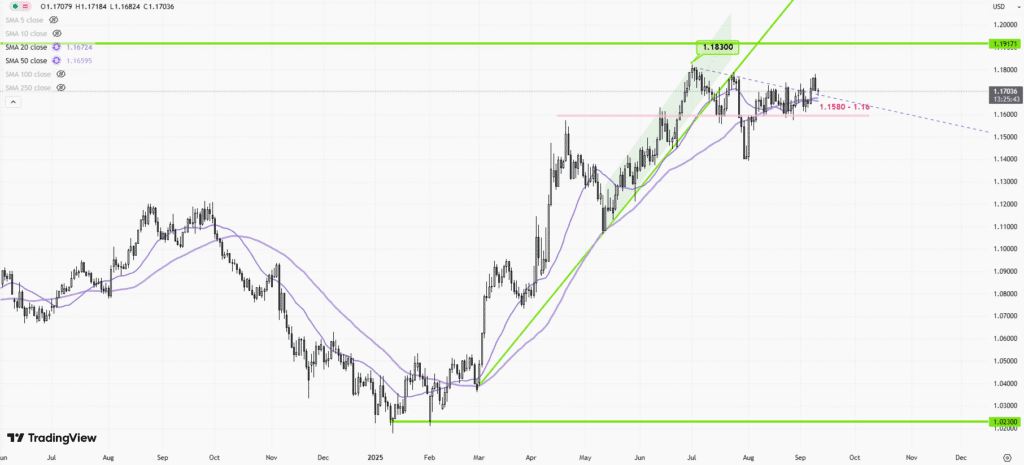 |
| Gold V.1.3.1 signal Telegram Channel (English) |

Gold Prices Near $3,750: Key Inflation Data and Federal Reserve Policies Driving Volatility and Bullish Outlook for 2025
2025-09-27 @ 01:01
Gold prices are showing notable volatility as investors await key U.S. economic data, particularly the latest Personal Consumption Expenditures (PCE) inflation report. With gold trading near $3,750 per ounce, the market outlook has become increasingly sensitive to cues from central bank policy expectations and ongoing economic uncertainty. Here’s an in-depth look at what’s driving the current gold market and where prices could head next.
Current Market Dynamics and Price Movements
Gold remains in a state of flux, hovering just below its recent highs. While prices have seen bullish momentum in recent months, reaching new all-time records, the market faces near-term hurdles. Investor attention is now focused on the Federal Reserve’s upcoming policy decisions, with the PCE inflation data serving as a crucial marker for the central bank’s next moves.
Short-term technical indicators show that gold is undergoing a corrective phase but still maintains an underlying bullish trend. The price action has established a support zone near $3,705 per ounce. Should gold prices retreat to this level, many analysts expect a rebound, with the potential for prices to resume their upward trajectory.
However, a decisive break below the support level at $3,665 would likely shift sentiment bearish, opening the door for a steeper decline toward $3,575 or lower. Conversely, a breakout above the $3,805 resistance could signal renewed bullish strength, paving the way for gold to challenge higher targets.
Key Drivers: Inflation, Monetary Policy, and Market Sentiment
Gold’s performance in 2025 has largely been driven by investor concerns around inflation and uncertainty regarding the pace of Federal Reserve interest rate cuts. Persistent inflationary pressures have reinforced gold’s traditional role as a hedge against the erosion of purchasing power. Market participants are carefully watching the upcoming PCE reading as it will influence expectations around U.S. monetary policy.
Any sign that inflation is cooling faster than anticipated could dampen gold’s appeal, as it may lessen the urgency for investors to seek safety. On the other hand, elevated or stubborn inflation could fuel further gains, especially if the central bank signals a more accommodative stance to support the economy.
Moreover, gold is drawing support from global geopolitical tensions and shifting investor risk appetite. Recent market volatility has prompted renewed interest in safe-haven assets, with gold serving as a preferred store of value amid the uncertainty.
Analyst and Institutional Price Forecasts
The consensus among financial institutions and analysts is broadly positive for gold’s medium-term and long-term outlook. Most forecasts project gold to average above $3,500 in 2025, with several major banks and research firms setting targets in the $3,600 to $3,800 range.
For instance:
- Goldman Sachs recently revised its 2025 forecast upward to $3,700.
- Bank of America projects prices reaching $3,500.
- JPMorgan sees gold at around $3,675.
- Some more aggressive projections, such as those from OCBC Bank, anticipate gold could touch $3,900.
These upward revisions reflect the view that ongoing economic and geopolitical uncertainty, in combination with the Federal Reserve’s potential policy pivots, will continue to lend support to gold.
Longer-term projections remain even more bullish, with some analysts citing the possibility of gold surpassing $4,000 in the years ahead if the macroeconomic backdrop remains favorable.
Key Technical Levels to Watch
- Immediate Support: $3,705 per ounce. This is seen as a critical threshold; a bounce from this level would reinforce the bullish outlook.
- Critical Downside Marker: $3,665. A clean break below this could spark deeper losses toward $3,575.
- Current Resistance: $3,805. Surpassing this would likely accelerate gains, confirming renewed buying interest and potentially propelling gold toward $3,865 and higher.
Conclusion
With gold prices currently consolidating near $3,750, the market can be characterized by short-term volatility against a backdrop of longer-term optimism. The forthcoming U.S. inflation data will be pivotal in shaping not just gold’s direction, but also broader risk sentiment and central bank policy outlooks. For investors, the key will be to watch these technical and macroeconomic levels closely, as they could provide important signals on where gold is headed next.
The overall landscape for gold remains constructive, supported by safe-haven demand, inflation concerns, and cautious monetary policy expectations. Investors may want to consider any significant pullbacks as potential buying opportunities, particularly if technical support zones hold and the macroeconomic environment continues to favor gold’s traditional strengths.








